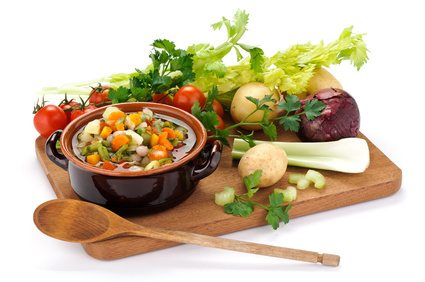Hospitals and dietitians have long had to deal with special diets based on religious restrictions or medical conditions. But now there are many special diets for certain lifestyles that aren’t rooted in either. Vegetarianism was probably the first to come to public consciousness, but now we have others like veganism, paleo, gluten-free, raw food and others that promote a healthy lifestyle. How far should hospitals and dietitians go to meet their patient’s desires for diet?

The key is to balance patient nutrition as proven by nutritional science with the desires of the patient. Patients may not understand how their treatment plan may affect their body’s need for particular nutrients or how well they can absorb them. It is up to dietitians and hospital staff to educate patients on why they may need food prepared a certain way or need to emphasize certain types of foods. Failure to do so could open up grounds for a malpractice suit, especially in a long term care facility.
Thankfully, many of the current lifestyle diets can be adhered to with a little bit of clever thinking and creativity from the kitchen and some balancing from a dietitian. Here are some of the current lifestyle diets that are popular and what you need to know.
Vegetarianism and Veganism
These are plant-based diets. Vegetarians eschew eating meats while vegans avoid all animal products. There are other subtypes of vegetarians depending on whether they decide to consume milk, eggs, or non-red-meat protein sources. Vegans and vegetarians may require B-12 supplementation during extended stays.
Paleo diet
The idea behind this diet is that we should eat according to how our hunter-gatherer ancestors ate before the rise of agriculture since we’re genetically disposed to that diet. The main concern is an avoidance of all grains and beans and a love of animal protein. Supplement carbohydrate levels by including extra fruit. There are several kinds of paleo diets, so speak with your patient about specifics.
Gluten-free
If you’ve ever treated someone with celiac disease, then you know what to do for someone who requests gluten-free food. The diet for a gluten-free patient is best served by avoiding grain products entirely, rather than buying fancy gluten-free products. Again, use fruit as a carbohydrate source.
Raw food
This diet is less common than the others. Some people believe that cooking food destroys the nutrition of the food. Thus, they prefer to eat raw food. Almost all raw foodists are vegetarian as well. Use lots of nuts for protein and fat requirements and large salads.
The best advice is to speak with the patient about their diet. This will give you a chance to hear their concerns and to share your knowledge with them in return.







![Best Crochet Hooks for Beginners and Pros [2020 Update] best crochet books](https://www.awebtoknow.com/wp-content/uploads/2018/01/best-crochet-books-100x70.jpg)